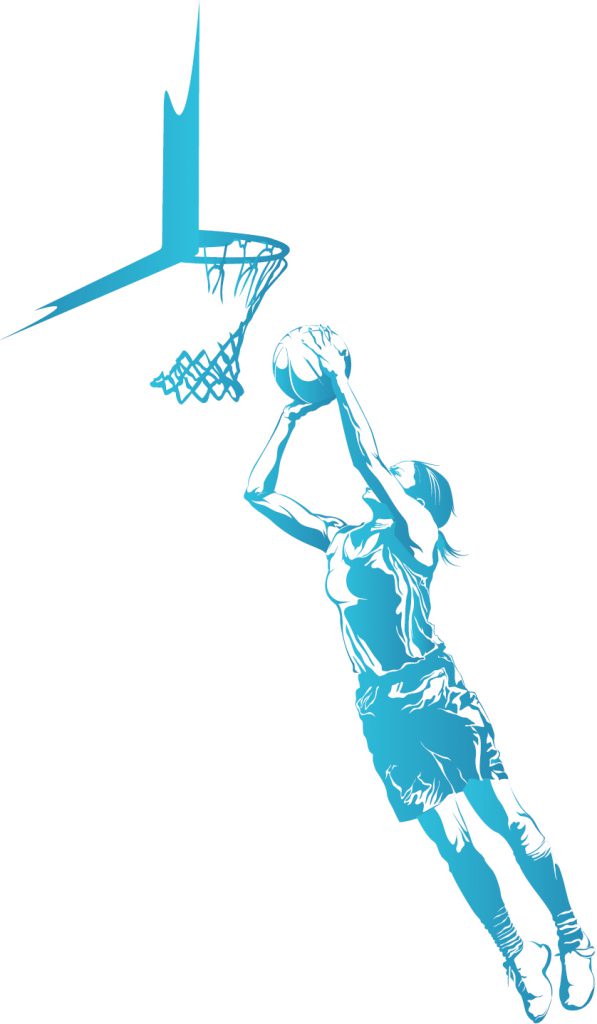The Full Court Press
This article discusses a unique take on Strategy. Should you go with the status quo even when that Strategy doesn’t make sense to you? Or should you find the gumption to find your own way?
When Vivek Ranadivé decided to coach his daughter Anjali’s basketball team, he settled on two principles. The first was that he would never raise his voice. This was National Junior Basketball— the Little League of basketball. The team was made up mostly of twelve-year-olds, and twelve-year-olds, he knew from experience, did not respond well to shouting.

The second principle was more important. Ranadivé was puzzled by the way Americans played basketball. He is from Mumbai and grew up with cricket and soccer. He would never forget the first time he saw a basketball game. He thought it was mindless. Team A would score and then immediately retreat to its own end of the court. Team B would inbound the ball and dribble it into Team A’s end, where Team A was patiently waiting. Then the process would reverse itself. A basketball court was ninety-four feet long. But most of the time a team defended only about twenty-four feet of that, conceding the other seventy feet. Occasionally, teams would play a full-court press—that is, they would contest their opponent’s attempt to advance the ball up the court. But they would do it for only a few minutes at a time. It was as if there were a kind of conspiracy in the basketball world about the way the game ought to be played, and Ranadivé thought that that conspiracy had the effect of widening the gap between good teams and weak teams. Good teams, after all, had players who were tall and could dribble and shoot well; they could crisply execute their carefully prepared plays in their opponent’s end. Why, then, did weak teams play in a way that made it easy for good teams to do the very things that made them so good?
Ranadivé looked at his girls. Morgan and Julia were serious basketball players. But Nicky, Angela, Dani, Holly, Annika, and his own daughter, Anjali, had never played the game before. They weren’t all that tall. They couldn’t shoot. They weren’t particularly adept at dribbling. Ranadivé knew that if they played the conventional way—if they let their opponents dribble the ball up the court without opposition—they would almost certainly lose to the girls for whom basketball was a passion. Ranadivé came to America as a seventeen-year-old, with fifty dollars in his pocket. He was not one to accept losing easily. His second principle, then, was that his team would play a real full-court press, every game, all the time.
And thus the team ended up at the national championships. “It was really random,” Anjali Ranadivé said. “I mean, my father had never played basketball before.”
Ranadivé’s basketball team played in the National Junior Basketball seventh-and-eighth-grade division, representing Redwood City. Because Ranadivé had never played basketball, he recruited a series of experts to help him. The first was Roger Craig, the former all-pro running back for the San Francisco 49ers. After Craig signed on, he recruited his daughter Rometra, who played Division I basketball at Duke and U.S.C. Rometra was the kind of person you assigned to guard your opponent’s best player in order to shut her down. The girls loved Rometra. “She has always been like my big sister,” Anjali Ranadivé said. “It was so awesome to have her along.”

The girls of Redwood City learned to defend all ninety-four feet of the basketball court in a full-court press. The full-court press is legs, not arms. It supplants ability with effort. It is basketball for those “quite unused to formal warfare, whose assets were movement, endurance, individual intelligence . . . courage.”
“It’s an exhausting Strategy,” Roger Craig said.
“My girls had to be more fit than the others,” Ranadivé said.
“He used to make them run,” Craig said, nodding approvingly.
“We followed soccer Strategy in practice,” Ranadivé said. “I would make them run and run and run. I couldn’t teach them skills in that short period of time, and so all we did was make sure they were fit and had some basic understanding of the game. That’s why attitude plays such a big role in this, because you’re going to get tired.” He turned to Craig. “What was our cheer again?”
The two men thought for a moment, then shouted out happily, in unison, “One, two, three, attitude!”
“When we first started out, no one knew how to play defense or anything,” Anjali said. “So my dad said the whole game long, ‘Your job is to guard someone and make sure they never get the ball on inbounds plays.’ It’s the best feeling in the world to steal the ball from someone. We would press and steal, and do that over and over again. It made people so nervous. There were teams that were a lot better than us, that had been playing a long time, and we would beat them.”
That was it! The whole Redwood City philosophy was based on a willingness to try harder than anyone else.
“One time, some new girls joined the team,” Ranadivé said, “and so in the first practice I had I was telling them, ‘Look, this is what we’re going to do,’ and I showed them. I said, ‘It’s all about attitude.’ And there was this one new girl on the team, and I was worried that she wouldn’t get the whole attitude thing. Then we did the cheer and she said, ‘No, no, it’s not One, Two, Three, Attitude! It’s One, two, three, attitude ha!’ ” She got it.
“If we get on the treadmill together, there’s two things: You’re getting off first, or I’m going to die. It’s really that simple.”
WILL SMITH